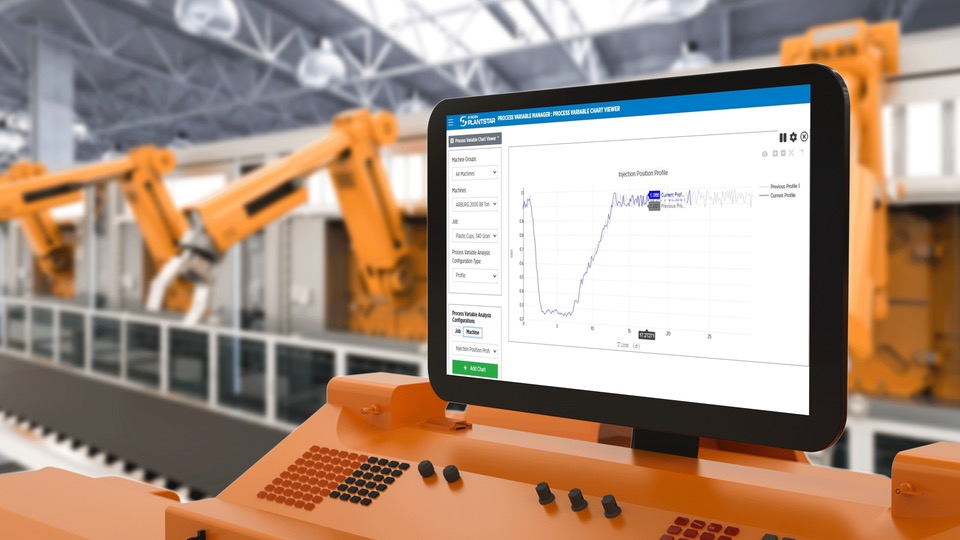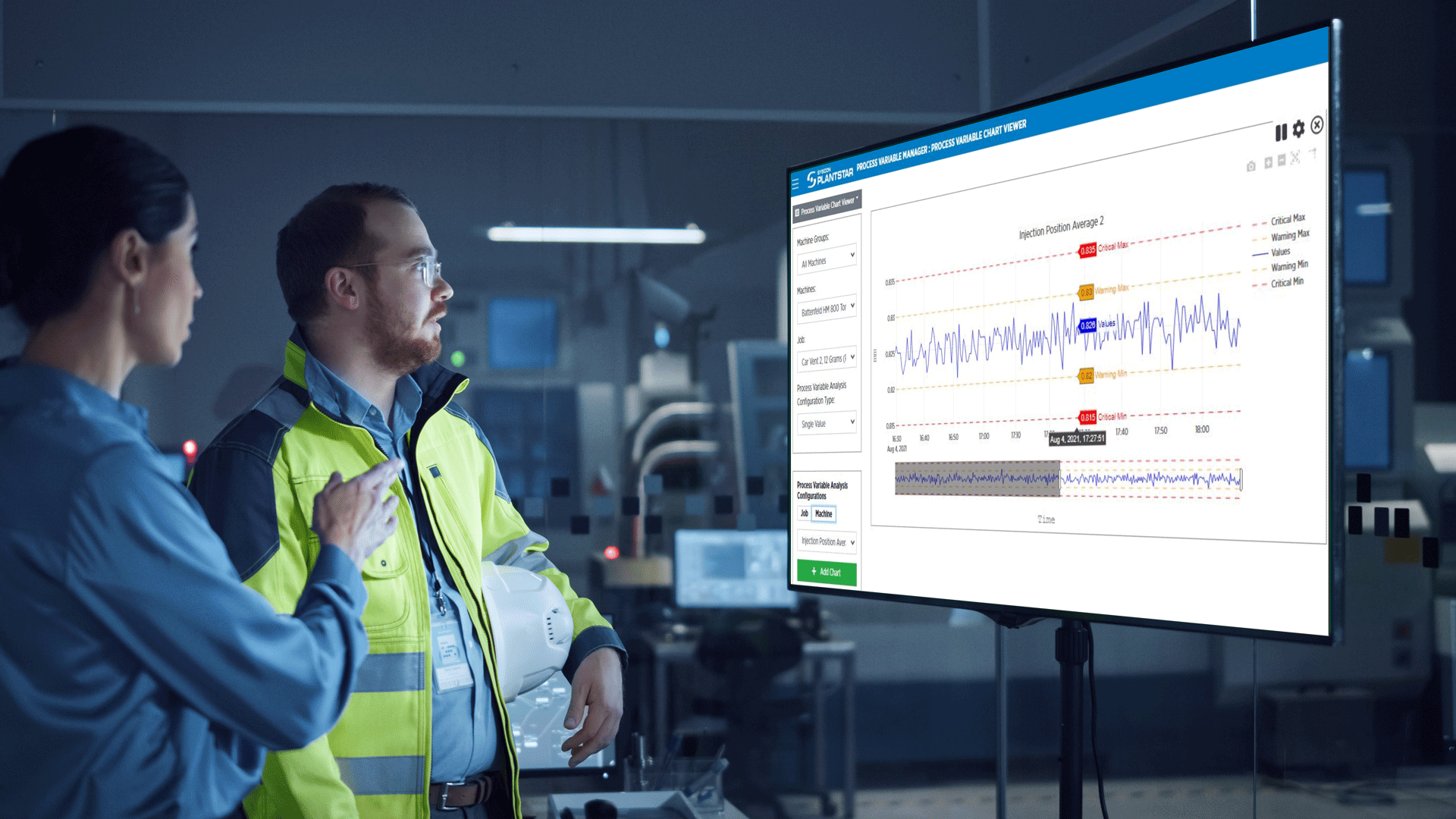PlantStar BLOG
Lean Manufacturing Reduces Manufacturing Inefficiencies
Mar 22, 2024 5:00:00 PM / by David Crowley

Manufacturers are constantly on the lookout for ways to improve their operations. Lean manufacturing is a Japanese concept that has been in use for multiple decades. Its focus is to identify and address waste, which abounds in manufacturing processes. Consequently, implementing lean manufacturing practices reduces costs, allowing manufacturers to operate more efficiently and enhance their bottom line.
Lean Manufacturing Concentrates on Eliminating Waste
Lean manufacturing is a set of management practices designed to improve efficiency and effectiveness by eliminating non-value adding activities and waste. Waste, or muda in Japanese, is defined as performing any unnecessary work stemming from errors, poor organization, or communication. Wasteful activities add no value at all to the supplier or the customer.
How MES Supports Lean Manufacturing
Historically, waste arose because manufacturing information was dispersed in a plant, and each group worked with its own data. Furthermore, progress and performance were tracked manually and at the departmental level. The end result was no one in the organization had a complete view of how work was flowing or how work in one area impacted others. For example, the quality team knew how many defective items were generated during a production run, but no one else did. Consequently, employees spent much of the day collecting and consolidating information and trying to draw the complete picture.
Manufacturing, like other industries, has been undergoing a digital transformation. Advances like the cloud, mobile devices, and the internet of things enable suppliers to retool their manufacturing processes. With these solutions, they generate more performance information and have been breaking down the traditional data silos.
A manufacturing execution system (MES) is the central repository for such plant information. Its data analytics correlate data and then present it to employees in intuitive dashboards and reports. With these tools, they gain end-to-end visibility into their plant floor, supply chain, and distribution system. They are then able to enact lean principles to identify and eliminate waste. A handful of examples follow.
Reduce Overproduction
Overproducing products is a sign of poor demand planning. It occurs as a result of inaccuracies and inconsistencies in forecasting and often creates other issues. For instance, warehouses and storage systems may overflow. Real-time monitoring and visibility enable managers to see how demand may fluctuate. After all, customers sometimes change their orders unexpectedly. The manufacturer can then make adjustments, reduce the risk of overproduction, and keep products moving more consistently and on schedule.
Maximize Resource Usage
Manufacturing waste occurs in many forms. Materials may sit on pallets in the facility for hours, days, or longer. Qualified individuals may not be assigned tasks that match their skillsets, or, in some cases, workers may have nothing to do. Trucks traveling from the manufacturing site to the warehouse may be half empty. To prevent these types of waste, companies are implementing Just-in-Time production, in which materials arrive when needed and spend little to no idle time.
Real-time reporting enables managers to recognize not only what materials, personnel, and distribution resources are needed today but also tomorrow. Maximizing resource usage is perhaps lean manufacturing’s greatest advantage. Better management and allocation of resources improves efficiency and, as a result, lowers the cost of doing business and increases profitability.
Improve Scheduling
Scheduling has long been a manufacturing bugaboo. Managers worked with limited information about items in the supply chain and were unsure how much staff was needed to push products out. An MES supports demand-driven scheduling by integrating previously autonomous applications. For instance, a supplier integrates the MES with the company enterprise resource planning system. As a result, sales and order entry modules clearly illustrate customer demand. Then, the system can consider customer interest and current work orders and create a schedule, so production jobs run as soon as equipment and staff are available. With optimized resource allocation and better scheduling, the right people with the right skills are assigned to the right tasks, reducing waste, supporting lean manufacturing principles, and maximizing efficiency.
Lean Manufacturing Is an Ongoing Process
Implementing lean production techniques is not a one-and-done process; it requires continuous effort to deliver continuous improvement. No matter how well a manufacturing plant operates, it can always do better. That mindset leads to ongoing manufacturing, supply chain, and distribution process optimization. The philosophy has spawned a number of manufacturing best practices that reduce manufacturing costs, streamline workflow, and boost productivity.
Suppliers are under constant pressure to enhance their operations. Lean is a long-standing principle that has helped manufacturers focus on waste elimination in their workflow. The advent of new technology enables enterprises to take these principles one step further and leverage technology to address long standing shortcomings like limited visibility into their operations. Such changes empower the company to become less wasteful, more efficient, and more profitable.
SYSCON PlantStar is an MES that provides manufacturers complete production and process monitoring capabilities. Real-time dashboard displays, customizable alerts, and easy drag-and-drop scheduling make it easy to reduce waste, prevent downtime, and increase efficiency. Browse our case studies to learn more about how we support facilities like yours.
Topics: lean manufacturing
Subscribe to Email Updates
Posts by Topic
- Manufacturing Execution Systems (38)
- manufacturing solutions (16)
- MES 101 (13)
- Industry 4.0 (11)
- improve efficiency (10)
- Plastic Molding (9)
- Plastics Technology (9)
- mes software (9)
- mes solutions (9)
- MES hardware (8)
- Shop Floor Production (8)
- digital transformation (7)
- Reduce scrap (6)
- data-driven-decisions (6)
- Medical molding (5)
- lean manufacturing (5)
- process monitoring (5)
- product quality (5)
- lights-out manufacturing (4)
- manufacturing dashboard (4)
- production monitoring (4)
- ERP integration (3)
- Shop Floor Safety (3)
- supply chain management (3)
- Injection Molding Technology (2)
- defect collection (2)
- machine mes (2)
- process variables (2)
- digital strategy (1)
- labor gap (1)
- throughput (1)


